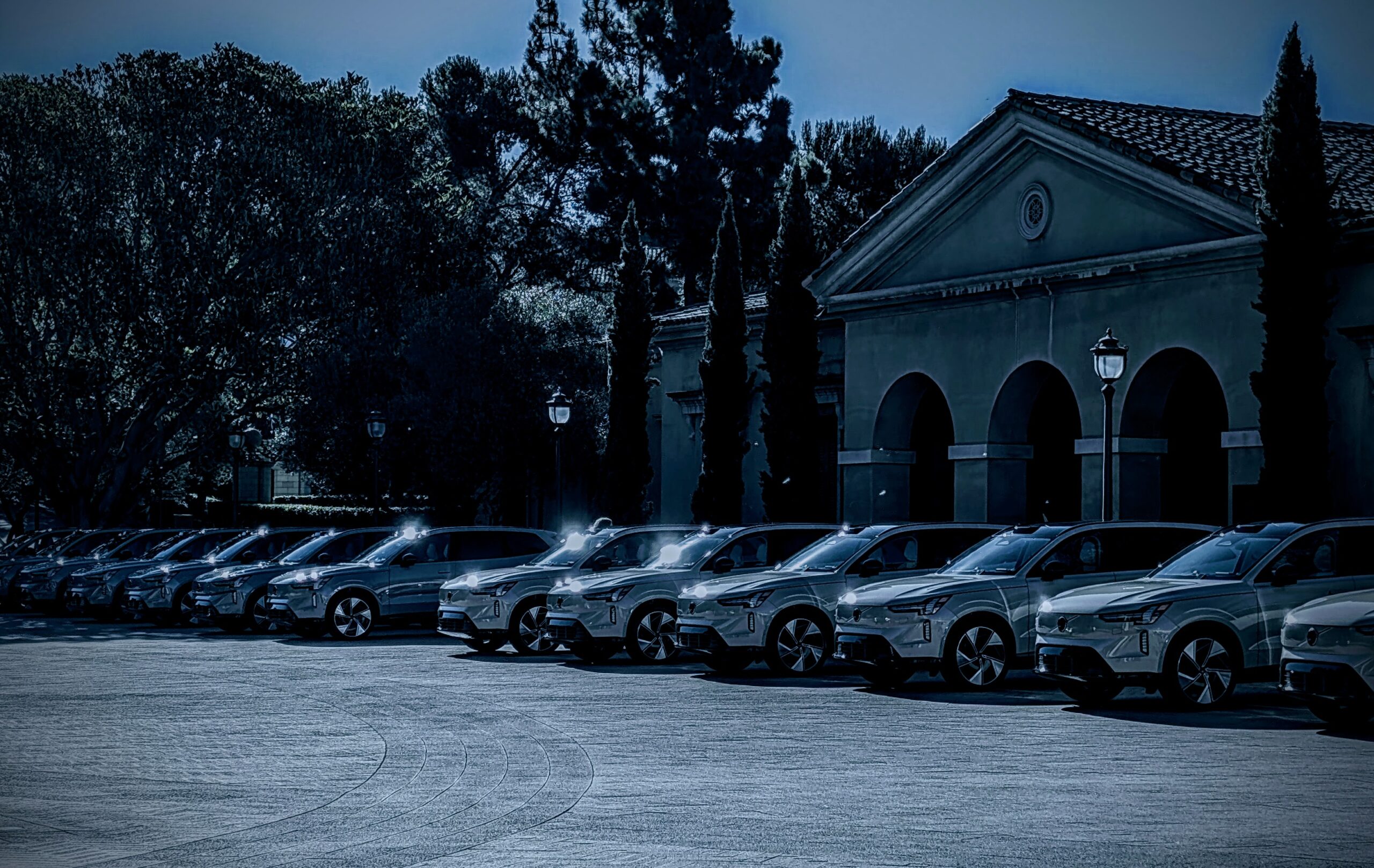Support CleanTechnica’s work through a Substack subscription or on Stripe.
The Philippines may be at a critical juncture in the global electric vehicle revolution.
Possessing a geological advantage that few nations can claim, it is one of the world’s largest nickel producers, yet captures only a fraction of the mineral’s value in the battery supply chain.
In 2024, the Philippines produced 430,000 metric tons of nickel, representing approximately 25% of global supply. However, the country exports 90% of this output as raw ore, missing out on the lucrative midstream and downstream processing that transforms nickel into battery-grade materials essential for electric vehicle production.
“The Philippines produced 430,000 metric tons of nickel in 2024, yet exports 90 percent as raw ore, capturing minimal value,” said Akshay Prasad, Principal at Arthur D. Little Southeast Asia’s Automotive & Manufacturing Practice told CleanTechnica. “To move up the value chain, a few levers can be considered.”
The Science Of Nickel In EV Batteries
Nickel plays a crucial role in lithium-ion battery chemistry, particularly in high-energy-density cathodes used in electric vehicles. The metal is a key component in Nickel Manganese Cobalt Oxide (NMC) cells, which offer superior energy density and driving range compared to alternative chemistries.
The Philippines also possesses approximately 3% of global cobalt production, second only to the Democratic Republic of the Congo. This dual advantage positions the country uniquely to produce NMC-based cells, though Prasad notes that the market is shifting toward Lithium Iron Phosphate (LFP) based cells for cost considerations.
The technical challenge lies in refining raw nickel ore into high-purity nickel sulfate or mixed hydroxide precipitate (MHP), which requires sophisticated hydrometallurgical processing. Companies like Coral Bay are expanding HPAL (High Pressure Acid Leaching) refineries, with capacity reaching 60,000 metric tons of MHP annually.
From Raw Ore To Battery Materials
Prasad outlined a strategic pathway for the Philippines to capture more value from its nickel reserves. “Enforce 2025 raw ore bans, channeling output to HPAL refineries,” he explained. “Attract USD 5 billion FDI for cathode/gigafactory via incentives like the CREATE Act.”
The economic potential is substantial. Moving up the value chain could add PHP 200 billion to the country’s GDP while positioning the Philippines as Indonesia’s complementary battery hub in the ASEAN region. The strategy involves creating processing hubs that convert raw nickel into battery-grade precursor materials, then potentially into finished cathode active materials.
Global partnerships present another avenue for advancement. “Tie-ups with global key chemical or Lithium-ion battery OEM for ‘green nickel’ certification, for ESG compliance as this is an area which Indonesian nickel manufacturers are struggling with,” Prasad said, highlighting environmental, social and governance standards as a competitive differentiator.
The Battery Recycling Opportunity
Beyond primary nickel production, Prasad identified an innovative entry point into the battery ecosystem that leverages existing Philippine capabilities. With 80% of current vehicles using lead-acid batteries, the country already has recycling infrastructure that could be adapted for the coming wave of EV batteries.
“The Philippines should also consider playing some role in the battery recycling market,” Prasad noted. “It should consider developing capabilities in this space by partnering with ‘tech licensor’ for battery recycling. Once a tie up in place, Philippine players can play a role in developing a midstream processing leader through different collection hubs and points. Thereafter similar capabilities can be used for EV batteries.”
This approach offers a pragmatic pathway: establish expertise in lead-acid battery recycling technology, then transfer those capabilities to lithium-ion battery recycling as the EV fleet grows. The strategy acknowledges that while Thailand and Indonesia have moved faster on EV adoption policies, the Philippines can still advance through innovative solutions.
Regional Integration Strategy
Within the ASEAN electric vehicle ecosystem, valued at $7.84 billion in 2024 and projected to grow at 7.2% annually through 2034, the Philippines can carve a specific niche. Rather than competing directly with Indonesia’s battery hub ambitions or Thailand’s manufacturing base, the country can position itself as a specialized player in battery materials and commercial vehicle assembly.
“Leverage ASEAN’s EV pact for downstream exports, targeting 10 percent share in battery materials by 2030,” Prasad suggested. The strategy involves using free trade agreements to export processed nickel and assembled units tax-free, enabling the Philippines to become an “EV integrator for battery,” capturing 10 to 15 percent of regional EV value.
The scientific and economic logic is clear: the Philippines possesses the raw materials, has existing metallurgical processing capabilities, and sits within a rapidly growing regional market. The question is whether policy implementation and foreign investment can move quickly enough to capture the opportunity before it passes to competing nations.
With ASEAN’s EV battery standardization pact taking shape and global automakers scouting locations for supply chain diversification away from China-heavy concentration, the Philippines’ window to establish itself as a nickel-to-battery powerhouse may be measured in years, not decades.
Sign up for CleanTechnica’s Weekly Substack for Zach and Scott’s in-depth analyses and high level summaries, sign up for our daily newsletter, and follow us on Google News!
Have a tip for CleanTechnica? Want to advertise? Want to suggest a guest for our CleanTech Talk podcast? Contact us here.
Sign up for our daily newsletter for 15 new cleantech stories a day. Or sign up for our weekly one on top stories of the week if daily is too frequent.
CleanTechnica uses affiliate links. See our policy here.
CleanTechnica’s Comment Policy




